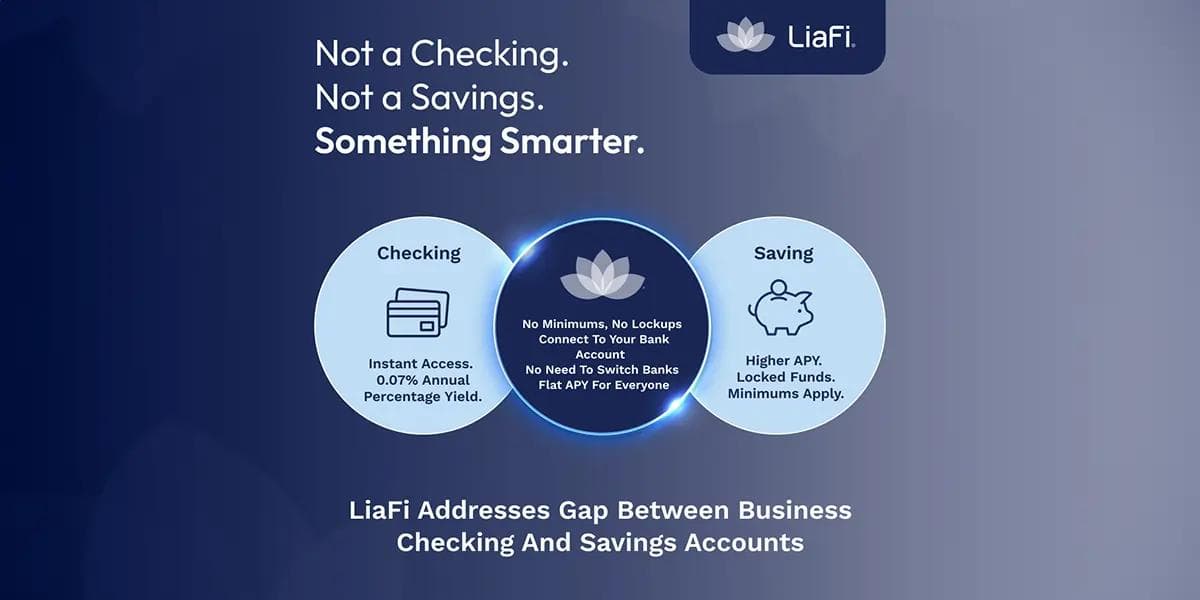3 THINGS THE EUROPEAN INVESTMENT GRADE FIXED INCOME TEAM TALKED ABOUT LAST WEEK-part three
3 THINGS THE EUROPEAN INVESTMENT GRADE FIXED INCOME TEAM TALKED ABOUT LAST WEEK-part three
Published by Gbaf News
Posted on July 11, 2016

Published by Gbaf News
Posted on July 11, 2016

Tanguy Le Saout is Head of Fixed income Europe, Pioneer Investments
A UK sitcom aired in the late 1960’s, featuring two tailors, with the above title. The reference was to one tailor’s assertion that quantity was more important than quality. There was an air of this phrase about the minutes of the ECB-POLICY-CENTENO-a52f21b9-8975-4dc5-9a21-8c5e8267aa43>ECB’s meeting on June 2nd, released last week. As expected, the minutes contained no major surprises. But closer inspection revealed an interesting snippet on one of the market’s hot topics – the “capital key” component of the ECB-POLICY-CENTENO-a52f21b9-8975-4dc5-9a21-8c5e8267aa43>ECB’s bond-buying programme. You may remember in last week’s blog we noted the speculation that the ECB-POLICY-CENTENO-a52f21b9-8975-4dc5-9a21-8c5e8267aa43>ECB might switch their bond buying from being based on countries’ capital keys to a ratio based on market-capitalisation. This would be a big advantage to Italy, who have the highest weighting in Euro sovereign bond indices as a result of the large amount of Italian sovereign debt outstanding. Those rumours were quickly dispelled by EU and ECB-POLICY-CENTENO-a52f21b9-8975-4dc5-9a21-8c5e8267aa43>ECB sources early last week, but the ECB-POLICY-CENTENO-a52f21b9-8975-4dc5-9a21-8c5e8267aa43>ECB minutes showed that the topic has been discussed at general council level. The key paragraph was as follows : “…as regards the asset purchase programme, a continued smooth implementation could be observed overall, although a remark was made that markets appeared to foresee future challenges in sourcing sufficient volumes of public bonds for some jurisdictions under the present limits, which could contribute to increased price volatility…it was pointed out that, if assets were indeed close substitutes, it should not matter much which precise assets were being purchased under the asset purchase programme, but rather the overall purchase volume and associated money creation”. So that is the ECB-POLICY-CENTENO-a52f21b9-8975-4dc5-9a21-8c5e8267aa43>ECB telling us that they are not so worried about the exact composition of the bond buying, but rather the overall bigger picture. If that means the capital key rules have to bend a bit, so be it. We continue to believe that some formal change to bond-buying programme rules will be made at coming meetings that will address the current concerns about country limits.
Markets got excited (and volatile) the last two times the Chinese Renminbi devalued (or widened its trading band – effectively the same thing). Those two episodes – September 2015 and December 2015 – led to speculation about “currency wars” and “competitive devaluations”. Since then, things have calmed down and much of the focus in currency markets has been on either the appreciation of the Japanese Yen or the depreciation of Sterling after the UK EU referendum. But in the background, there has been an on-going slow but steady depreciation of the Renminbi – falling from a level of 6.45 against the U.S. Dollar at end-March to its current level of 6.69. In an attempt to focus attention away from the exchange rate against the U.S. Dollar, Chinese authorities also began to draw attention to the Renminbi’s effective rate against a basket of other currencies, known as the China Foreign Exchange Trading System (CFETS) Renminbi Index, based on international trade weights with adjustments of re-export trade factors. Interestingly this index has also been depreciating, from a level of 98.00 at end-March to 94.25 this morning. So why is this important? Two reasons – we still favour a long U.S. Dollar / short Chinese Renminbi position, looking for more of the same –slow consistent weakening of the Chinese currency. Although capital flows from China appear to have stabilised in recent months, and FX reserves have been steady, continued depreciation of the Renminbi might spark a resumption of further capital outflows, and pressure could build for a faster pace of depreciation. Secondly, because a weakening Chinese currency effectively exports deflation (or lower inflation) from China to other countries.Which leads us neatly into our third topic.
We have talked in a past blog about the close linkage between Euro area inflation expectations and the oil price, and noted that up until the end-March 2016 the pair were closely correlated. We also know that the ECB-POLICY-CENTENO-a52f21b9-8975-4dc5-9a21-8c5e8267aa43>ECB pay particular attention to a measure known as the 5-year 5-year forward rate – what the market thinks the European 5-year inflation rate will be in 5 years’ time. With the recovery in the oil price from a low of below $30bbl to close to $50bbl, the thinking was that European inflation expectations would move higher in tandem with the oil price. But then a funny thing happened. Rather than move higher, inflation expectations moved sideways for about 6 weeks, and have recently fallen by over 25bps (from 1.50% to 1.25%). In fact, as the chart below shows, there is now a strong correlation between European bank equity performance and European inflation expectations. Coincidence or causation? It is hard to say for sure, but we suspect that the reasoning is as follows: as long as loan growth in the European banking sector remains lacklustre, economic activity will remain subdued. Moderate economic activity suggests there is unlikely to be any significant uptick in inflation, so inflation expectations languish around current levels.
Tanguy Le Saout is Head of Fixed income Europe, Pioneer Investments
A UK sitcom aired in the late 1960’s, featuring two tailors, with the above title. The reference was to one tailor’s assertion that quantity was more important than quality. There was an air of this phrase about the minutes of the ECB-POLICY-CENTENO-a52f21b9-8975-4dc5-9a21-8c5e8267aa43>ECB’s meeting on June 2nd, released last week. As expected, the minutes contained no major surprises. But closer inspection revealed an interesting snippet on one of the market’s hot topics – the “capital key” component of the ECB-POLICY-CENTENO-a52f21b9-8975-4dc5-9a21-8c5e8267aa43>ECB’s bond-buying programme. You may remember in last week’s blog we noted the speculation that the ECB-POLICY-CENTENO-a52f21b9-8975-4dc5-9a21-8c5e8267aa43>ECB might switch their bond buying from being based on countries’ capital keys to a ratio based on market-capitalisation. This would be a big advantage to Italy, who have the highest weighting in Euro sovereign bond indices as a result of the large amount of Italian sovereign debt outstanding. Those rumours were quickly dispelled by EU and ECB-POLICY-CENTENO-a52f21b9-8975-4dc5-9a21-8c5e8267aa43>ECB sources early last week, but the ECB-POLICY-CENTENO-a52f21b9-8975-4dc5-9a21-8c5e8267aa43>ECB minutes showed that the topic has been discussed at general council level. The key paragraph was as follows : “…as regards the asset purchase programme, a continued smooth implementation could be observed overall, although a remark was made that markets appeared to foresee future challenges in sourcing sufficient volumes of public bonds for some jurisdictions under the present limits, which could contribute to increased price volatility…it was pointed out that, if assets were indeed close substitutes, it should not matter much which precise assets were being purchased under the asset purchase programme, but rather the overall purchase volume and associated money creation”. So that is the ECB-POLICY-CENTENO-a52f21b9-8975-4dc5-9a21-8c5e8267aa43>ECB telling us that they are not so worried about the exact composition of the bond buying, but rather the overall bigger picture. If that means the capital key rules have to bend a bit, so be it. We continue to believe that some formal change to bond-buying programme rules will be made at coming meetings that will address the current concerns about country limits.
Markets got excited (and volatile) the last two times the Chinese Renminbi devalued (or widened its trading band – effectively the same thing). Those two episodes – September 2015 and December 2015 – led to speculation about “currency wars” and “competitive devaluations”. Since then, things have calmed down and much of the focus in currency markets has been on either the appreciation of the Japanese Yen or the depreciation of Sterling after the UK EU referendum. But in the background, there has been an on-going slow but steady depreciation of the Renminbi – falling from a level of 6.45 against the U.S. Dollar at end-March to its current level of 6.69. In an attempt to focus attention away from the exchange rate against the U.S. Dollar, Chinese authorities also began to draw attention to the Renminbi’s effective rate against a basket of other currencies, known as the China Foreign Exchange Trading System (CFETS) Renminbi Index, based on international trade weights with adjustments of re-export trade factors. Interestingly this index has also been depreciating, from a level of 98.00 at end-March to 94.25 this morning. So why is this important? Two reasons – we still favour a long U.S. Dollar / short Chinese Renminbi position, looking for more of the same –slow consistent weakening of the Chinese currency. Although capital flows from China appear to have stabilised in recent months, and FX reserves have been steady, continued depreciation of the Renminbi might spark a resumption of further capital outflows, and pressure could build for a faster pace of depreciation. Secondly, because a weakening Chinese currency effectively exports deflation (or lower inflation) from China to other countries.Which leads us neatly into our third topic.
We have talked in a past blog about the close linkage between Euro area inflation expectations and the oil price, and noted that up until the end-March 2016 the pair were closely correlated. We also know that the ECB-POLICY-CENTENO-a52f21b9-8975-4dc5-9a21-8c5e8267aa43>ECB pay particular attention to a measure known as the 5-year 5-year forward rate – what the market thinks the European 5-year inflation rate will be in 5 years’ time. With the recovery in the oil price from a low of below $30bbl to close to $50bbl, the thinking was that European inflation expectations would move higher in tandem with the oil price. But then a funny thing happened. Rather than move higher, inflation expectations moved sideways for about 6 weeks, and have recently fallen by over 25bps (from 1.50% to 1.25%). In fact, as the chart below shows, there is now a strong correlation between European bank equity performance and European inflation expectations. Coincidence or causation? It is hard to say for sure, but we suspect that the reasoning is as follows: as long as loan growth in the European banking sector remains lacklustre, economic activity will remain subdued. Moderate economic activity suggests there is unlikely to be any significant uptick in inflation, so inflation expectations languish around current levels.
Explore more articles in the Top Stories category











